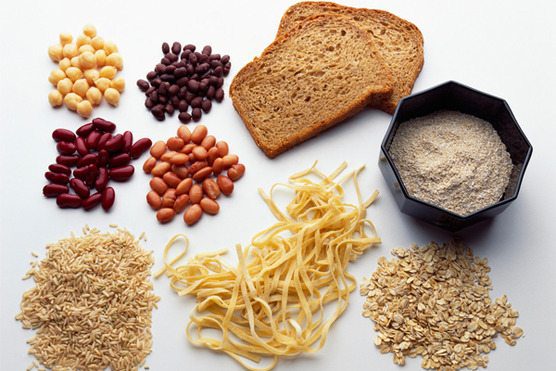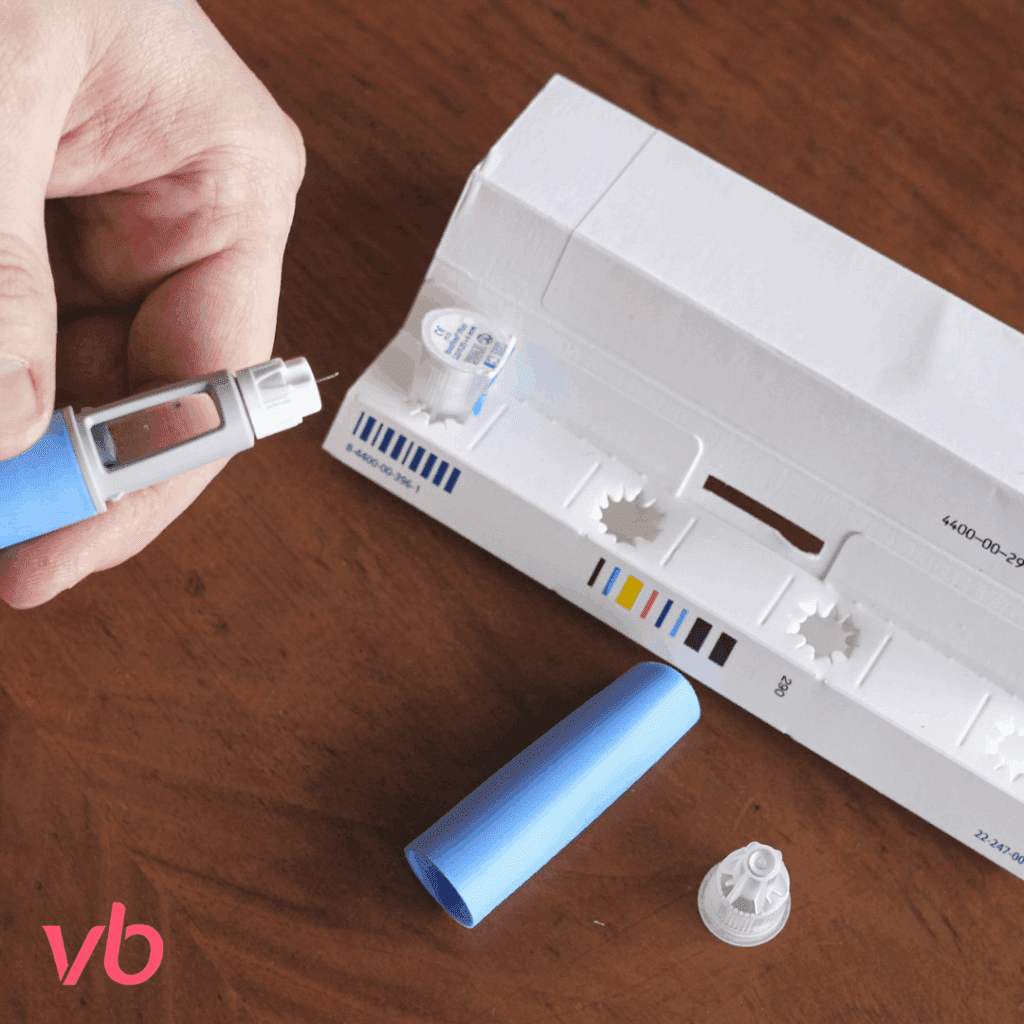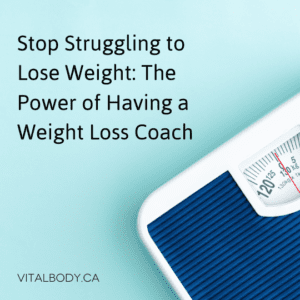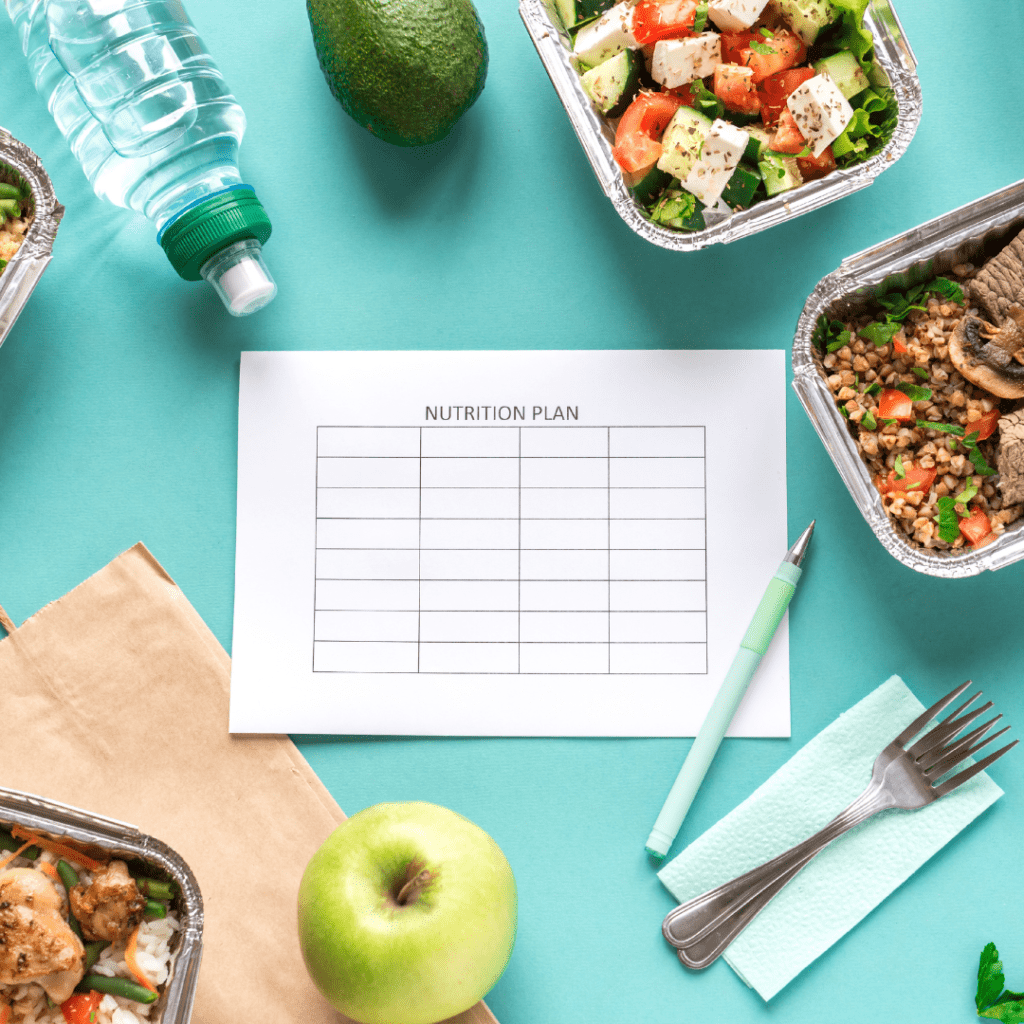Making sudden, radical changes to eating habits such as eating nothing but cabbage soup, can lead to short term weight loss. However, such radical changes are neither healthy nor a good idea, and won’t be successful in the long run.
Although many of our eating habits were established during childhood, it doesn’t mean it’s too late to change them.
Permanently improving your eating habits requires a thoughtful approach. If you are trying to lose weight and create new positive habits that stick with you long term, one approach we recommend at Vital Body is Reflect, Replace, and Reinforce.
- Reflect on all of your specific eating habits, both bad and good; and, your common triggers for unhealthy eating
- Replace your unhealthy eating habits with healthier ones
- Reinforce your new, healthier eating habits
Reflect
(1) Create a list of your eating habits, write down everything you eat, and at what time of day, in a food diary. It’s also good to note how you were feeling when you decided to eat, especially if you were eating when not hungry. Were you tired? Stressed out?
(2) Highlight the habits on your list that may be leading you to overeat. Common eating habits that can lead to weight gain that you should look out for are:
- Eating too fast
- Eating when not hungry
- Eating while standing up
- Always eating dessert
- Always cleaning your plate
- Skipping meals
(3) Look at the unhealthy eating habits you’ve highlighted and try to identify all the triggers that cause you to engage in those habits and select a few you’d like to work on or improve first.
(4) Create a list of “cues” by reviewing your food diary to become more aware of when and where you’re “triggered” to eat for reasons other than hunger. Note how you are typically feeling at those times. Often an environmental “cue”, or a particular emotional state, is what encourages eating for non-hunger reasons.
- Common triggers for eating when not hungry are:
- Opening up the cabinet and seeing your favourite snack food.
- Sitting at home watching television.
- Before or after a stressful meeting or situation at work.
- Coming home after work and having no idea what’s for dinner.
- Having someone offer you a dish they made “just for you!”
- Walking past a candy dish on the counter.
- Sitting in the break room beside the vending machine.
- Seeing a plate of doughnuts at the morning staff meeting.
- Swinging through your favourite drive-through every morning.
- Feeling bored or tired and thinking food might offer a pick-me-up.
(5) Circle the “cues” on your list that you face on a daily or weekly basis, and ask yourself these questions for each “cue” you’ve circled:
- Is there anything I can do to avoid the cue or situation? This option works best for cues that don’t involve others. For example, could you choose a different route to work to avoid stopping at a fast-food restaurant on the way? Is there another place in the break room where you can sit so you’re not next to the vending machine?
- For things that can’t be avoided, can you do something different that would be healthier? Obviously, it’s impossible to avoid all situations that trigger unhealthy eating habits, like staff meetings at work. In these situations, evaluate your options. Could you suggest or bring healthier snacks or beverages? Could you offer to take notes to distract your attention? Could you sit farther away from the food so it won’t be as easy to grab something? Could you plan ahead and eat a healthy snack before the meeting?
Replace
Replace unhealthy habits with new, healthy ones. For example, if you’ve identified eating too fast as one of your unhealthy habits, and the new habit you would like to replace it with is eating slowly, you can now address strategies to get there. Try: committing to having lunch once a week with a colleague, putting your fork down between bites, or minimizing distractions, such as turning off the TV.
Another common unhealthy habit many people replace with a healthy habit during their weight loss journey is emotionally triggered eating. The new habit to create in this situation is to eat only when you’re truly hungry, instead of when you are tired, or anxious. When you find yourself eating when you are experiencing an emotion besides hunger, such as boredom or anxiety, try to find a non-eating activity to do instead. Commit to going for a short walk, or phoning a friend.
Reinforce
Reinforce your new, healthy habits and be patient with yourself. Habits take time to develop. It doesn’t happen overnight. When you do find yourself engaging in an unhealthy habit, stop as quickly as possible and ask yourself: Why do I do this? When did I start doing this? What changes do I need to make? Be careful not to berate yourself or think that one mistake “blows” a whole day’s worth of healthy habits. You can do it! It just takes one day at a time!












